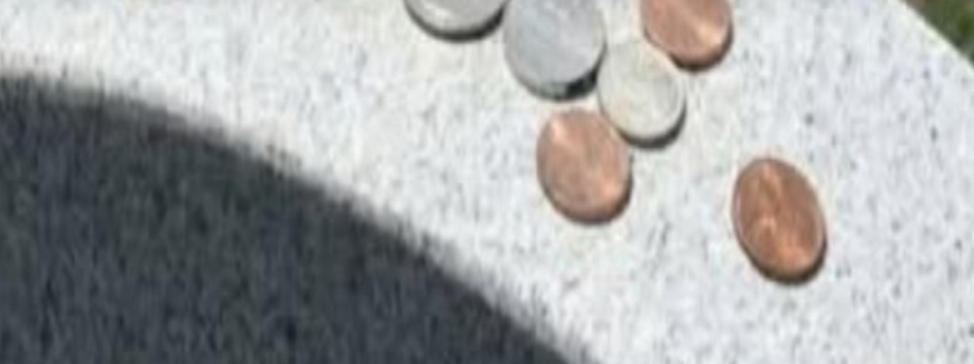Leaving coins on gravestones is a longstanding tradition with deep historical and symbolic significance, particularly in military cemeteries. This practice is a way for visitors to honor the deceased, show respect, and leave a message without using words. It has roots in ancient customs and continues to be a meaningful act today. The History Behind the Tradition The act of leaving coins on graves dates back to ancient times. In Greek mythology, people placed coins in the mouths or on the eyes of the dead to pay Charon, the ferryman who carried souls across the river Styx to the afterlife. Romans also had a similar tradition of leaving coins on graves as offerings to the gods or as a sign of respect. In modern history, especially in military cemeteries, this practice has become a way for visitors to acknowledge and honor fallen soldiers. It gained popularity during the Vietnam War when it was used as a subtle way to communicate messages among veterans and their families. What Different Coins Represent Each type of coin left on a gravestone carries a specific meaning, particularly for military personnel: • Penny – A simple sign of respect, left by anyone who wishes to honor the deceased, regardless of whether they knew them personally. • Nickel – Indicates that the visitor trained at boot camp with the deceased. • Dime – Signifies that the visitor served in the same unit as the deceased. • Quarter – Means the visitor was present when the deceased passed away. This system allows veterans, friends, and family members to communicate their connection with the deceased in a quiet but profound way.Why People Continue This Practice Today People continue to leave coins on gravestones for several reasons: • To Show Respect – Even if someone did not personally know the deceased, leaving a coin is a way to honor their service and sacrifice. • To Preserve a Tradition – Many veterans and military families keep the tradition alive as a cultural and historical practice. • To Communicate Messages – Since not all military families have the opportunity to visit their loved ones frequently, coins act as silent messages left by those who have paid their respects. • To Support Cemetery Maintenance – In some cemeteries, the collected coins are used for upkeep and maintenance, helping to preserve the site. How to Leave Coins on a Gravestone: Step-by-Step Guide If you want to participate in this tradition, follow these simple steps: 1. Choose the Right Coin • If you are a visitor simply paying respect, a penny is appropriate. • If you trained with the deceased, leave a nickel. • If you served in the same unit, leave a dime. • If you were there when they passed, leave a quarter. 2. Clean the Coin • Before placing the coin on the gravestone, wipe it clean with a soft cloth. This shows care and respect for the tradition. 3. Find a Secure Spot on the Gravestone • Place the coin on a flat surface, such as the top of the headstone or on a ledge, to prevent it from falling off. • If the gravestone is angled, tuck the coin into an engraving or a secure space. 4. Reflect and Pay Your Respects • Take a moment of silence or say a few words in your heart. • Some people like to place their hand on the gravestone as a sign of respect. 5. Leave Without Disturbing the Site • Do not take any coins left by others, as this would disrupt the meaning behind them. • If you notice trash or debris around the gravestone, consider tidying up as an additional act of respect. Final Thoughts Leaving coins on gravestones is a small yet powerful way to honor those who have passed, especially fallen soldiers. It is a tradition that connects the past with the present, allowing visitors to show gratitude, respect, and remembrance in a subtle but meaningful way. By understanding the significance of each coin and following the proper etiquette, you can take part in this tradition while ensuring that it continues for future generations.Enjoy !
The Tradition of Leaving Coins on Gravestones: Meaning and Symbolism
